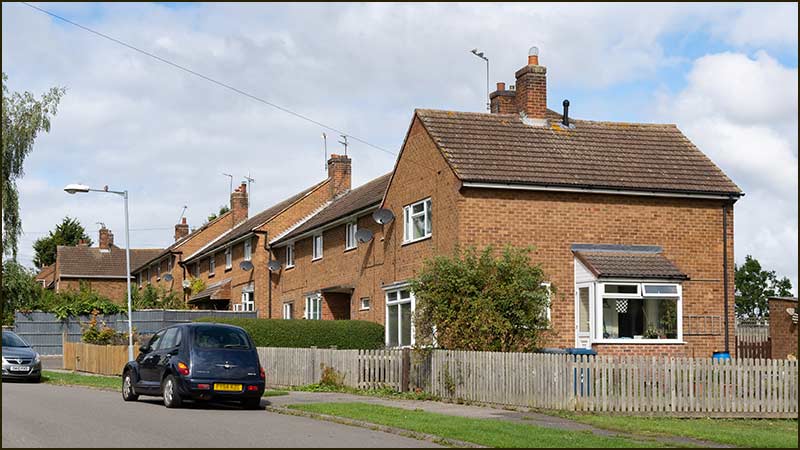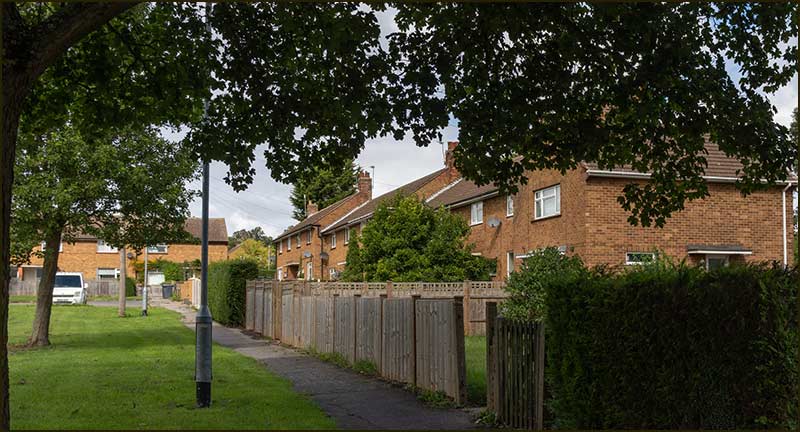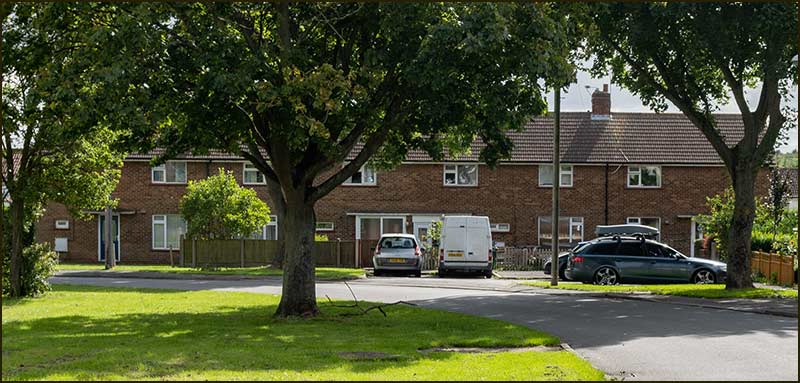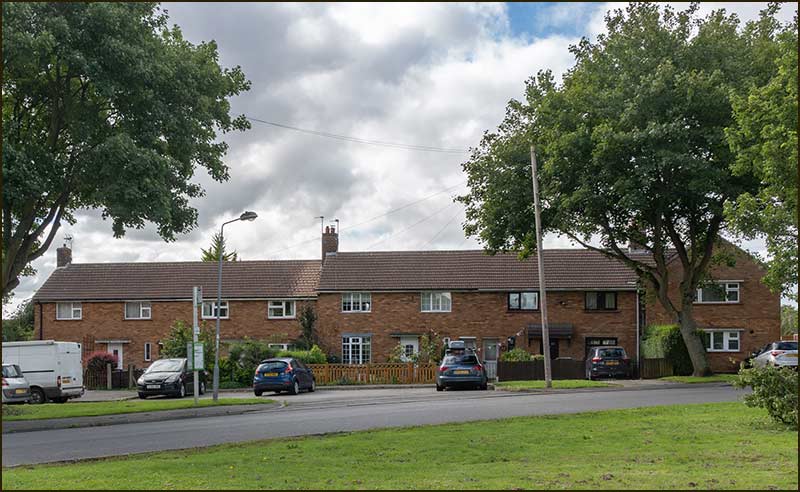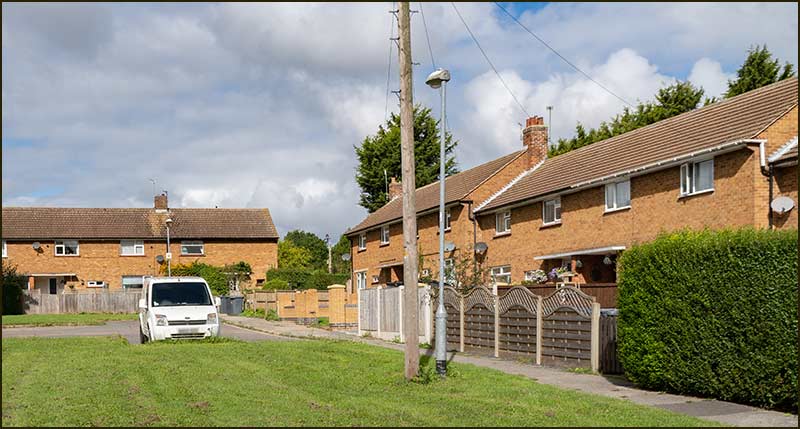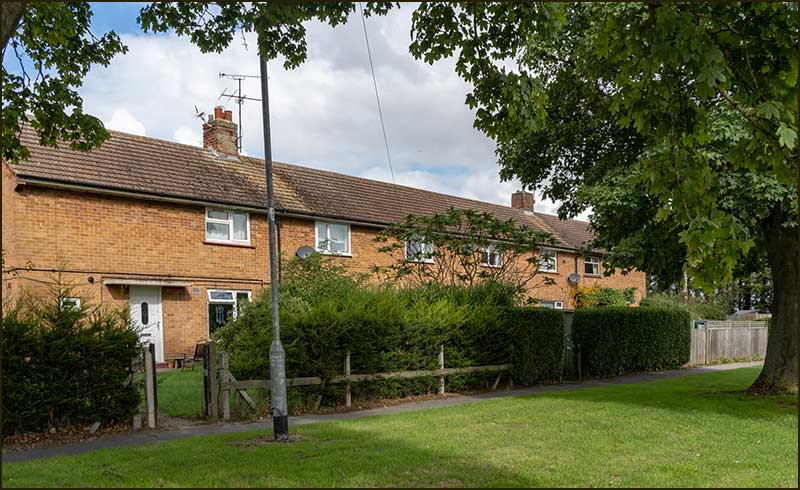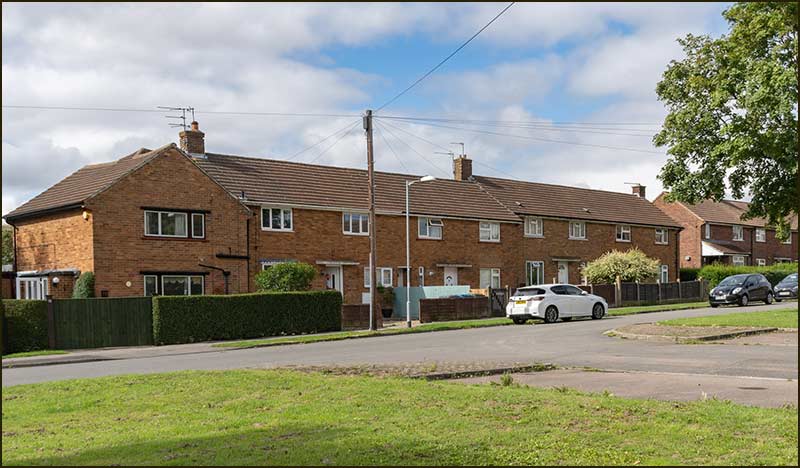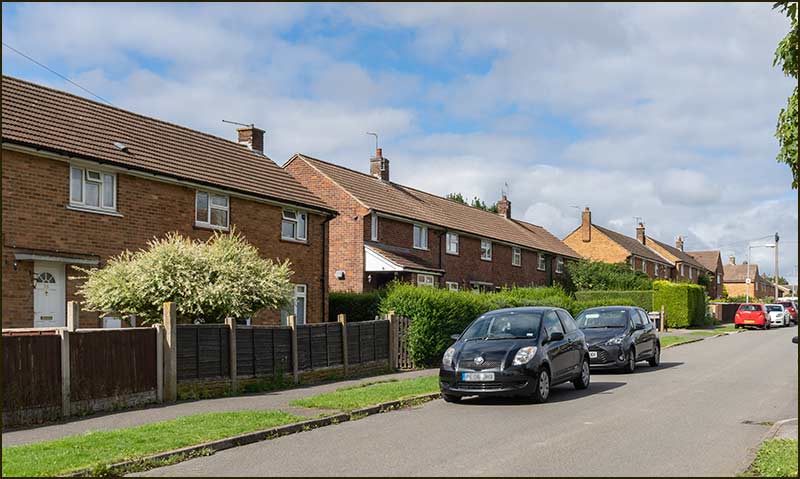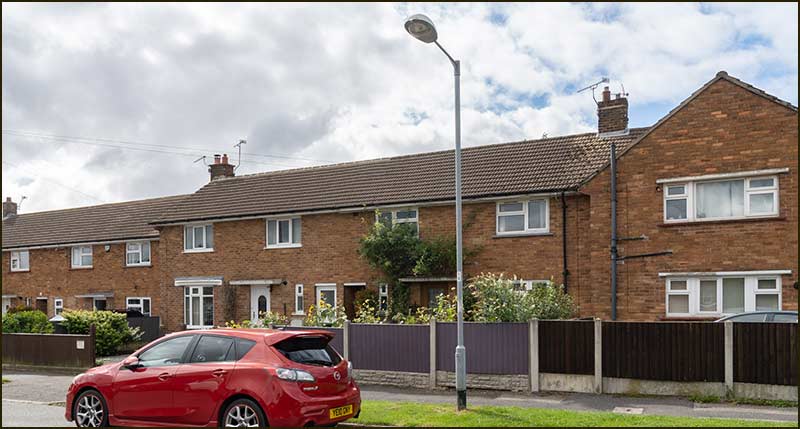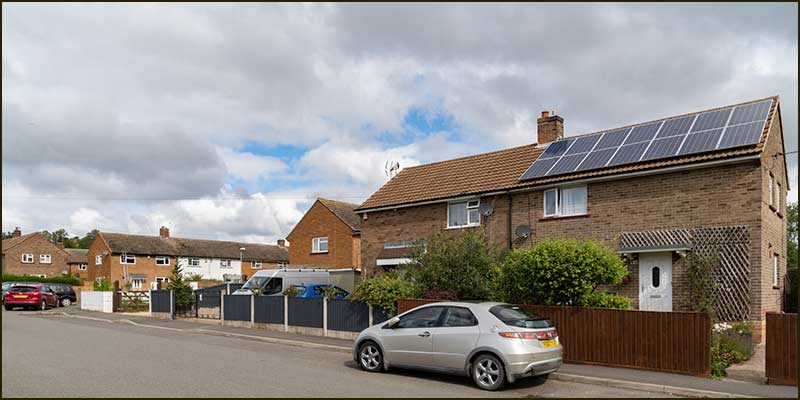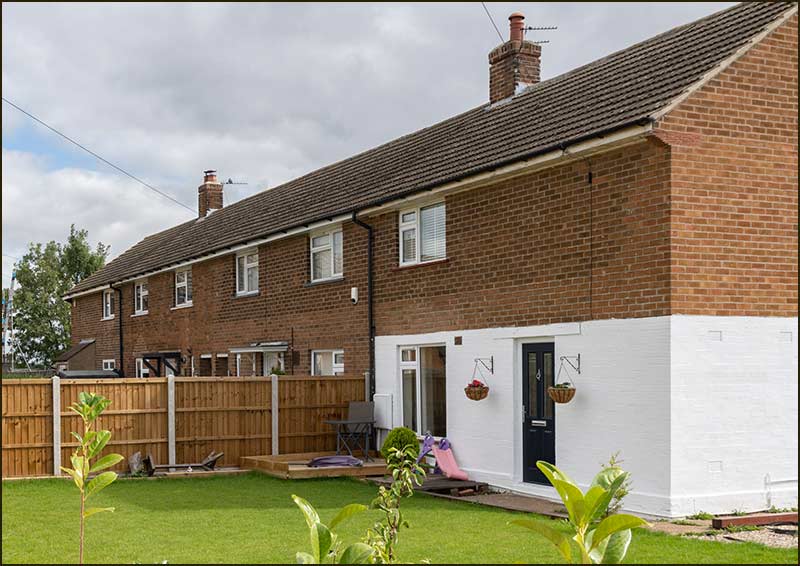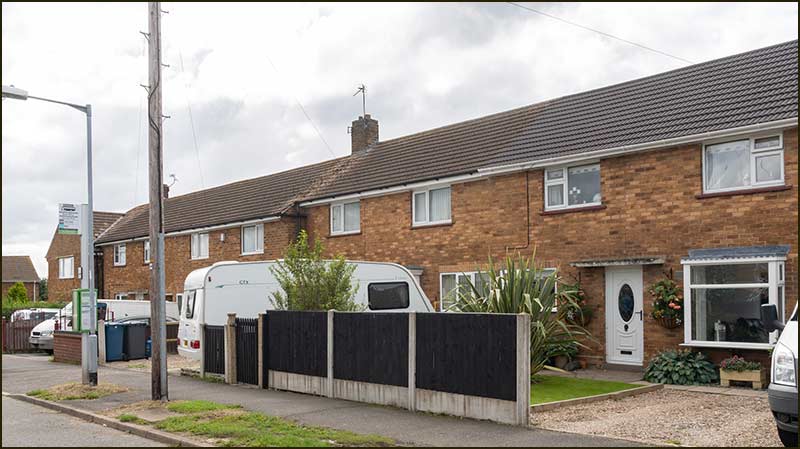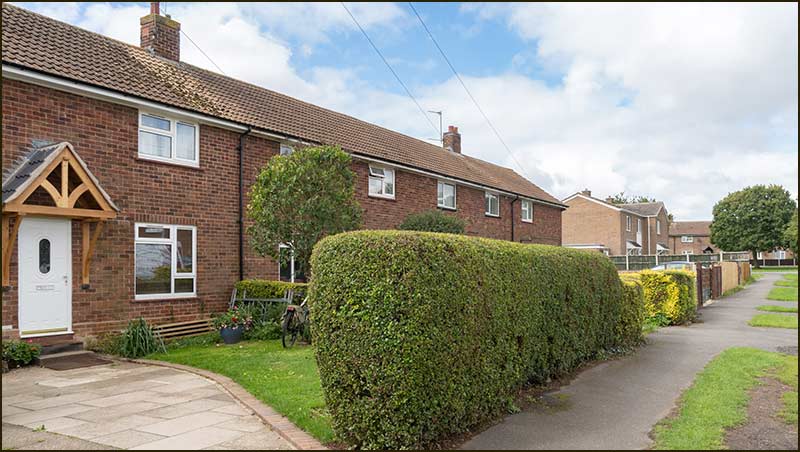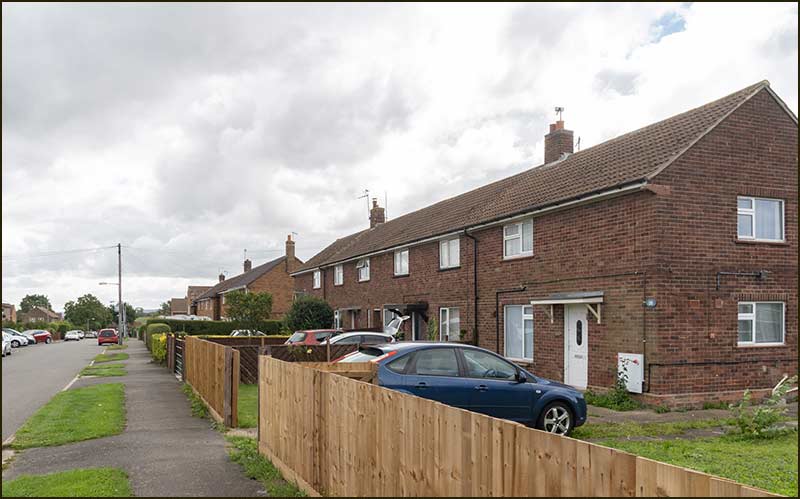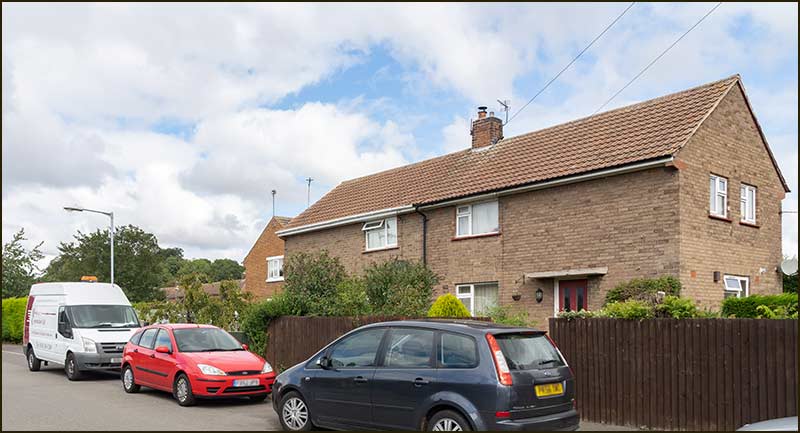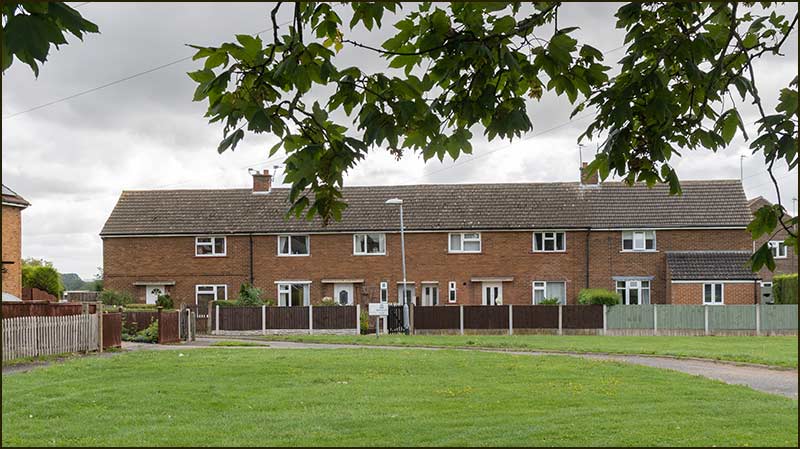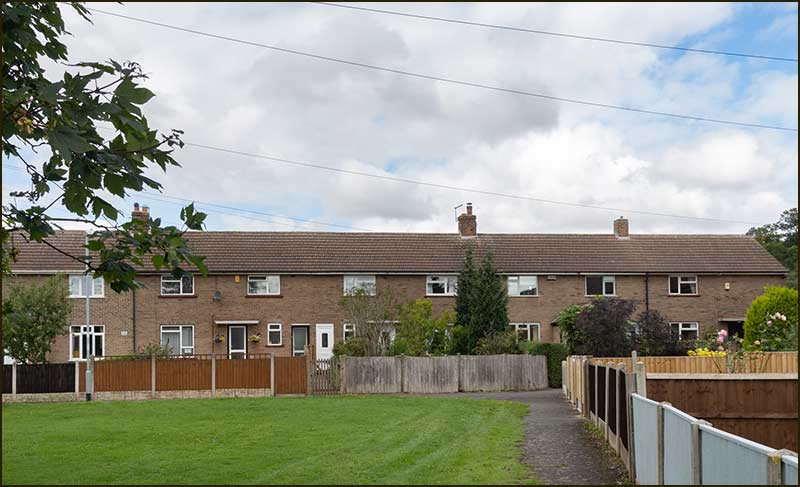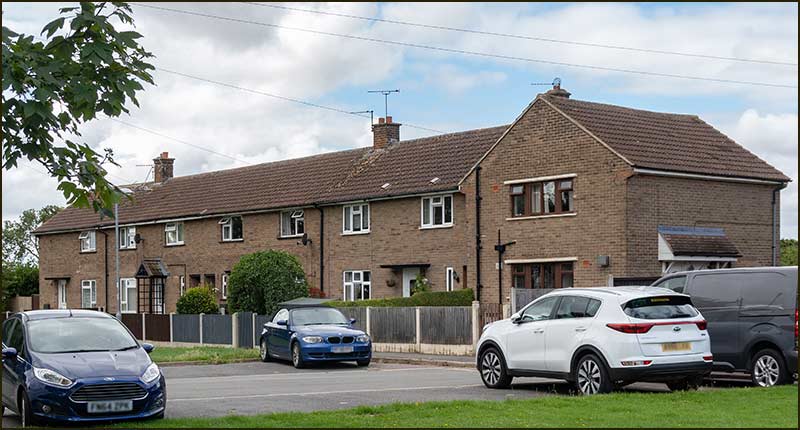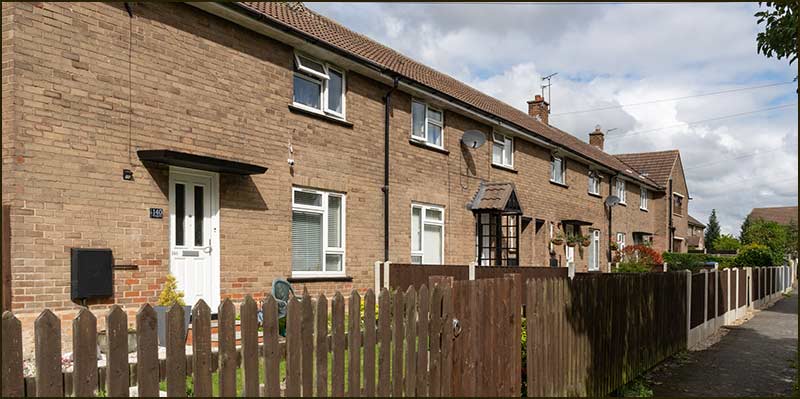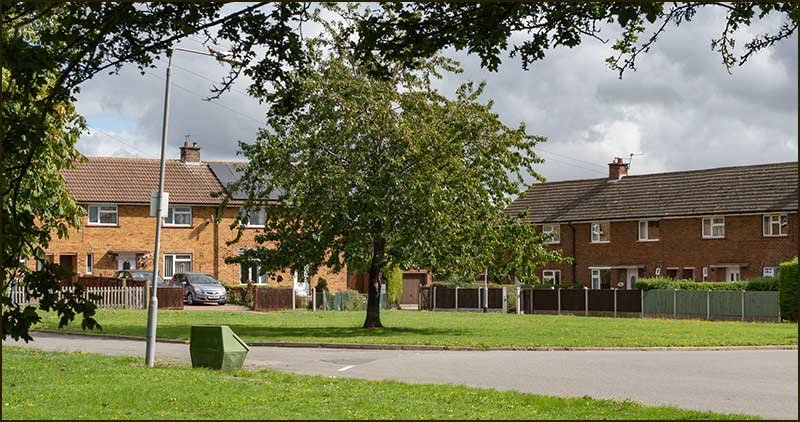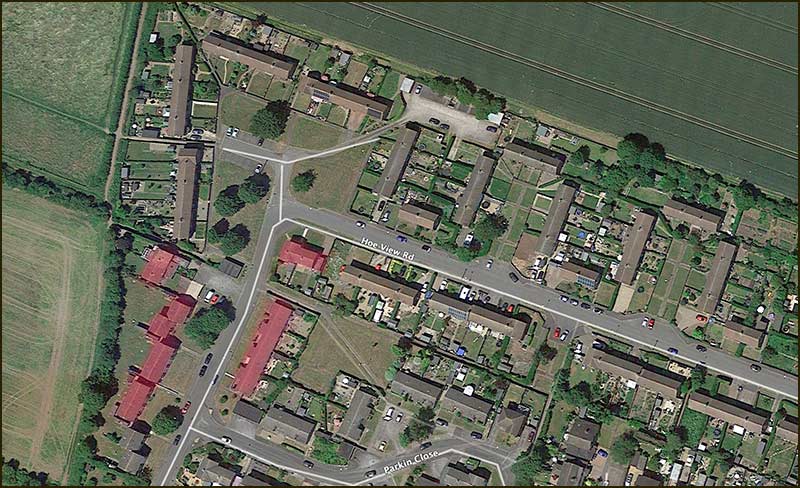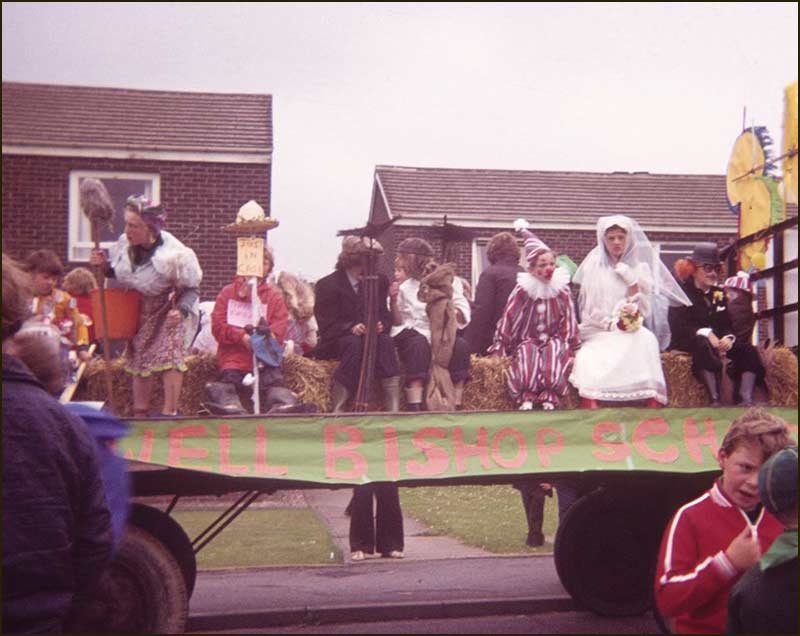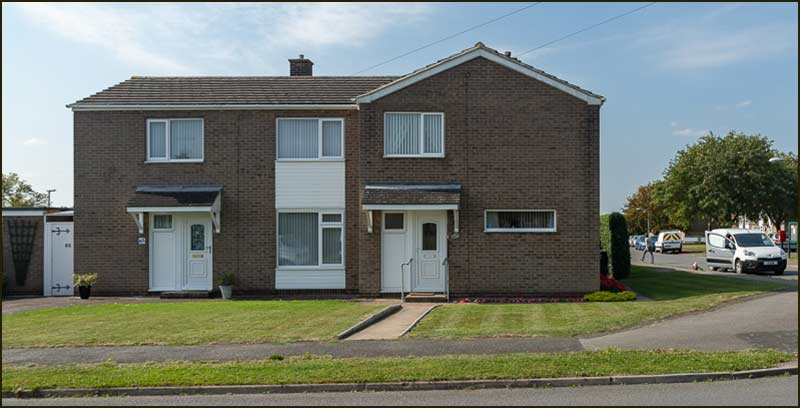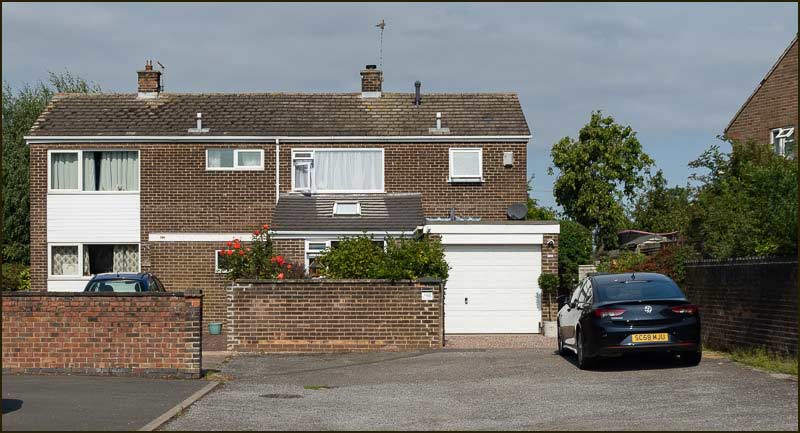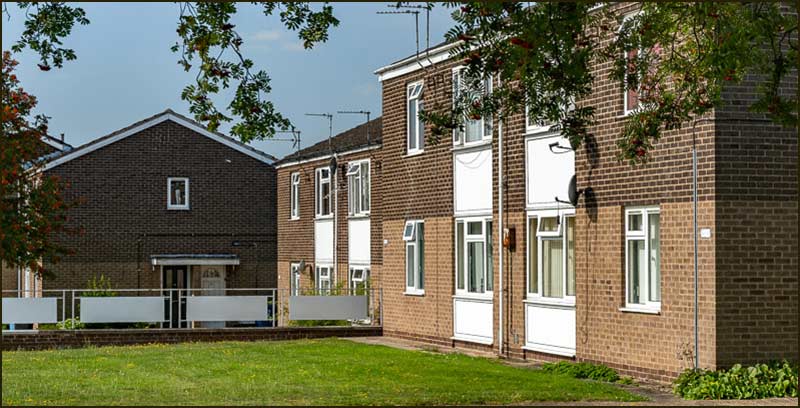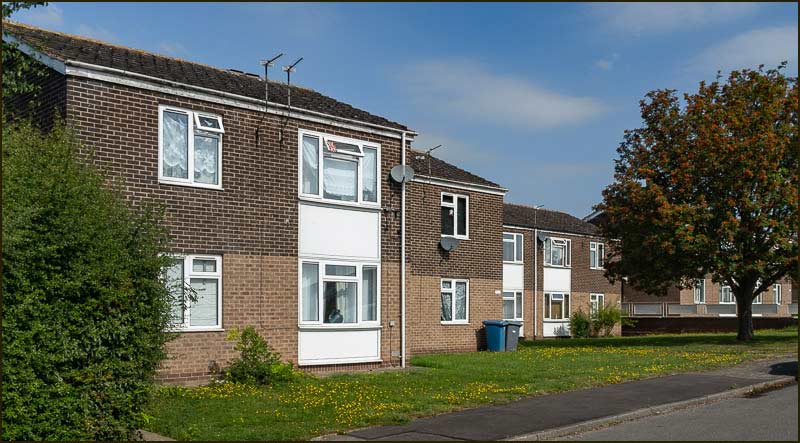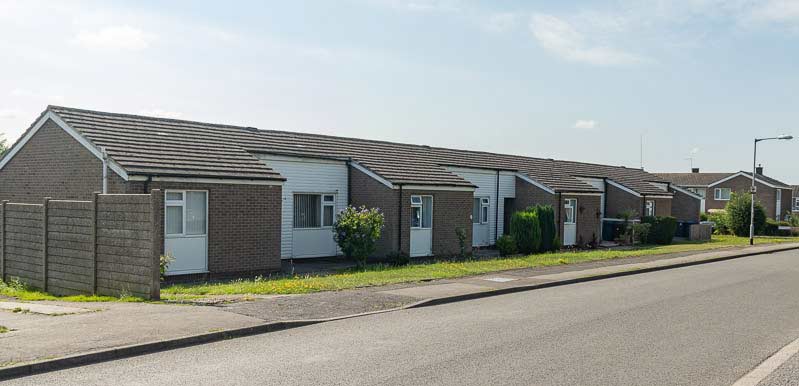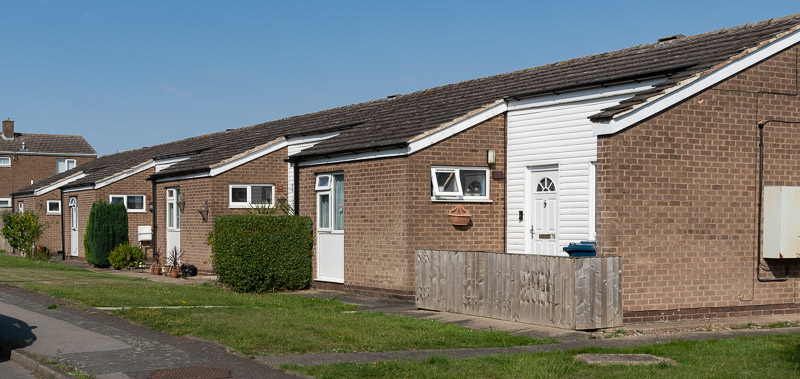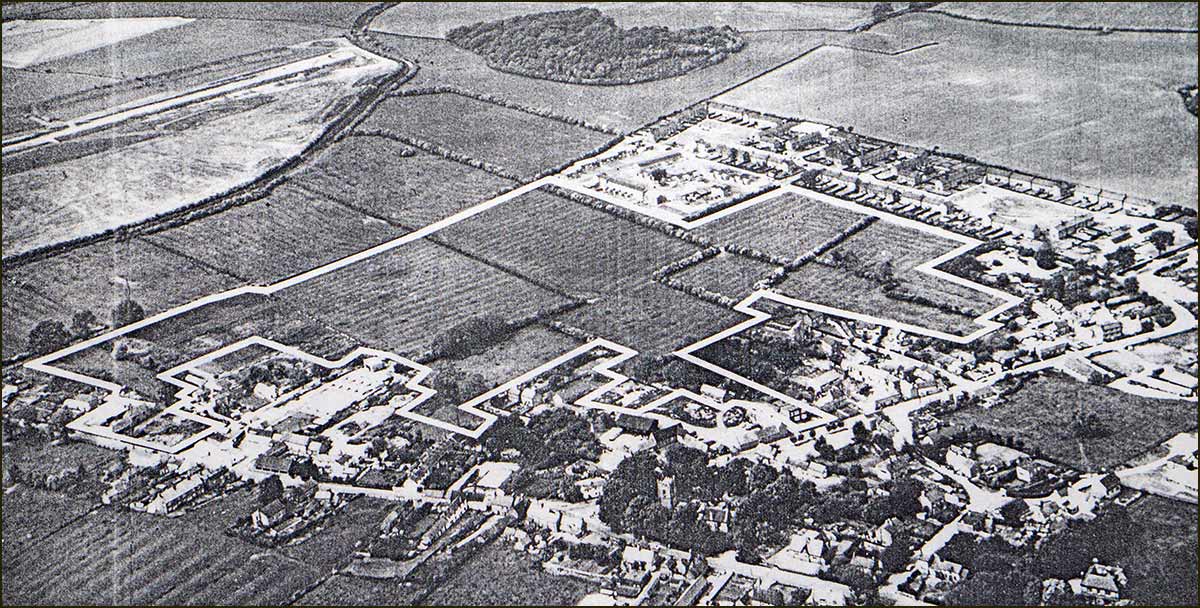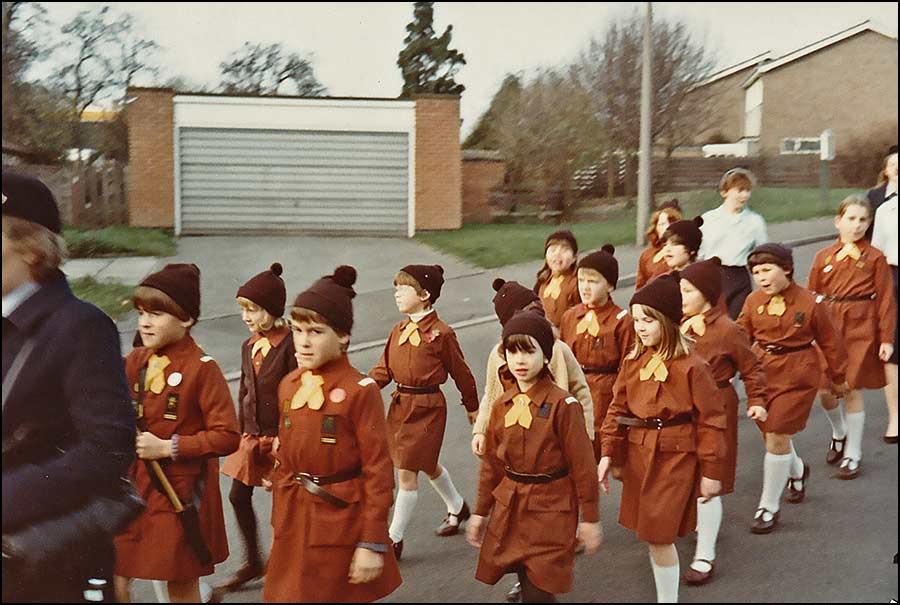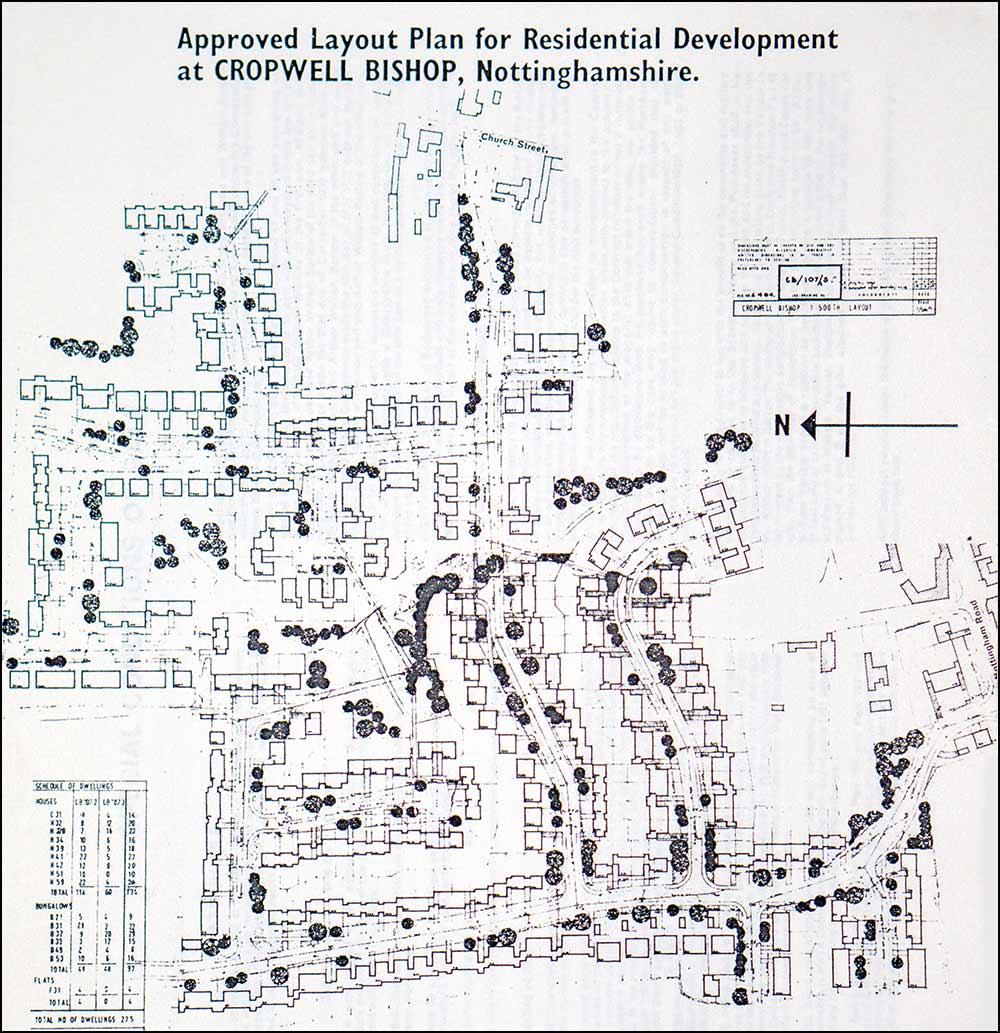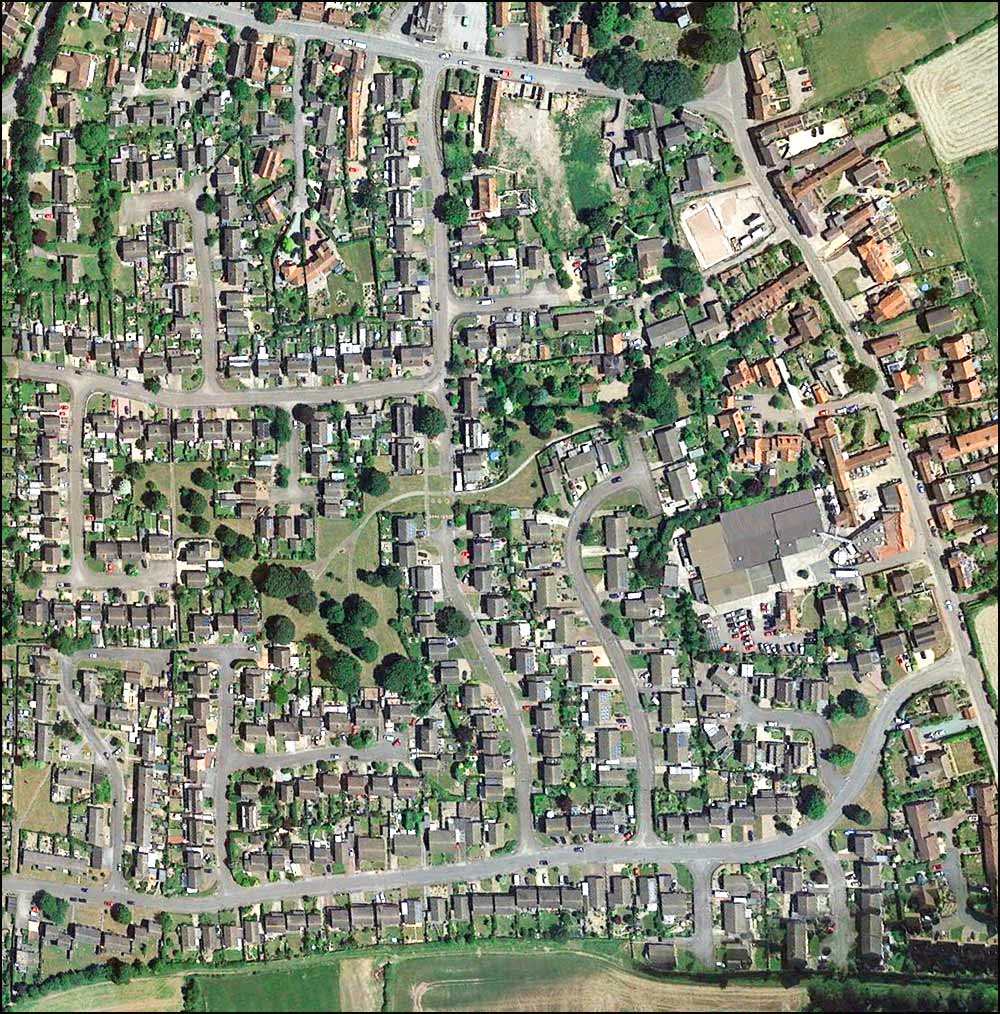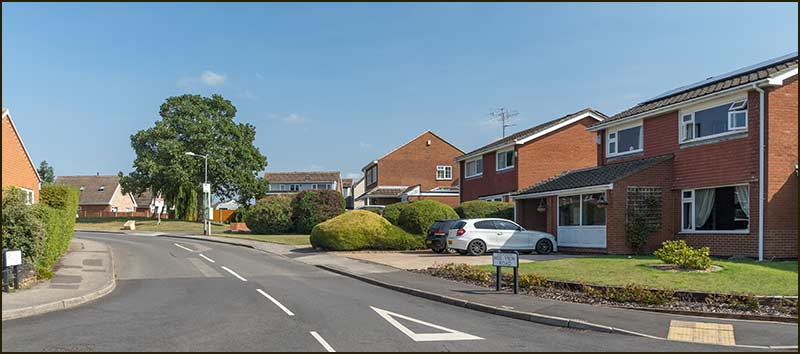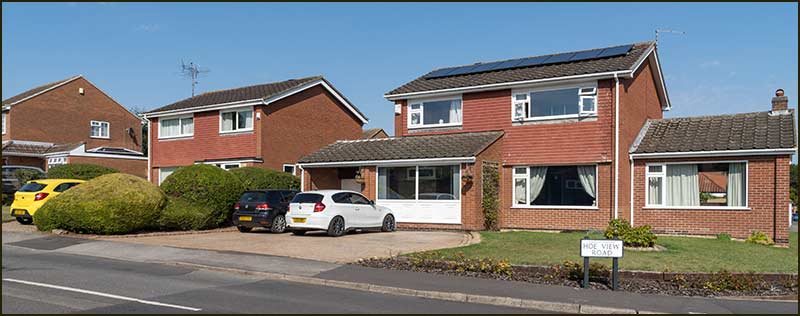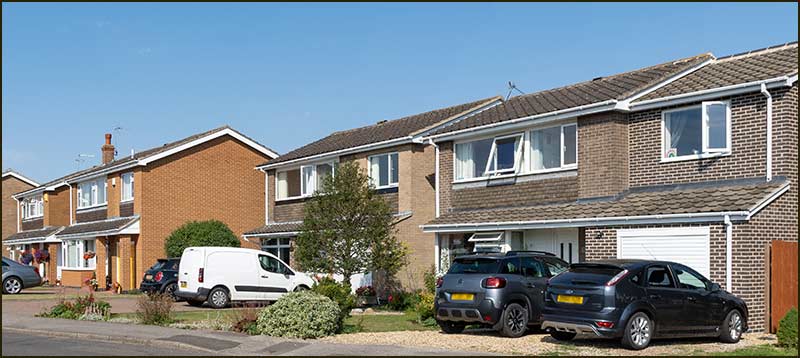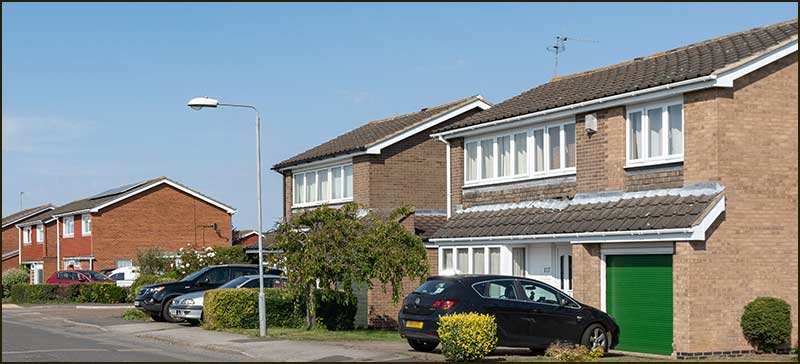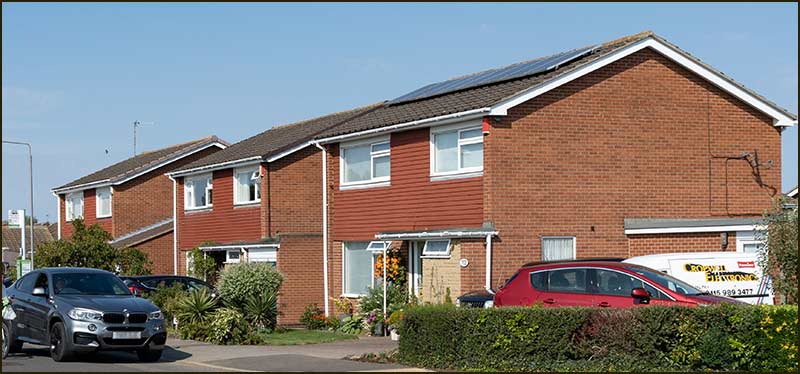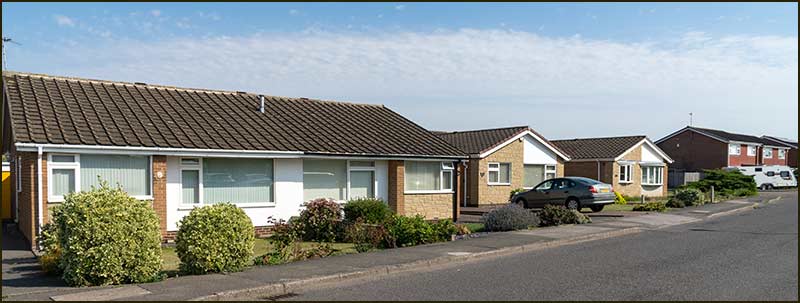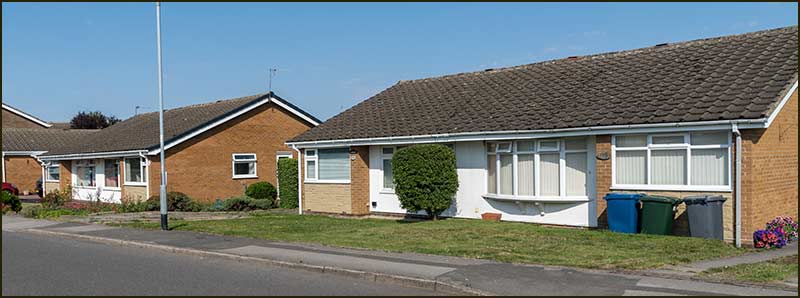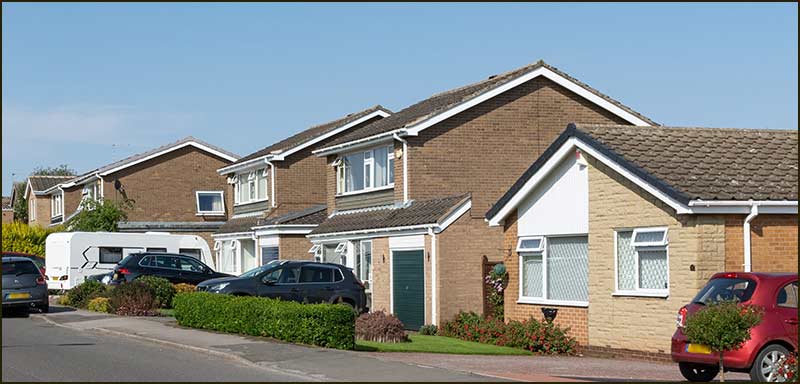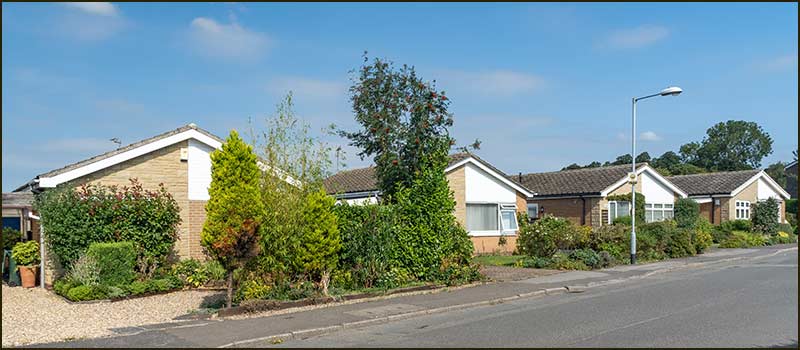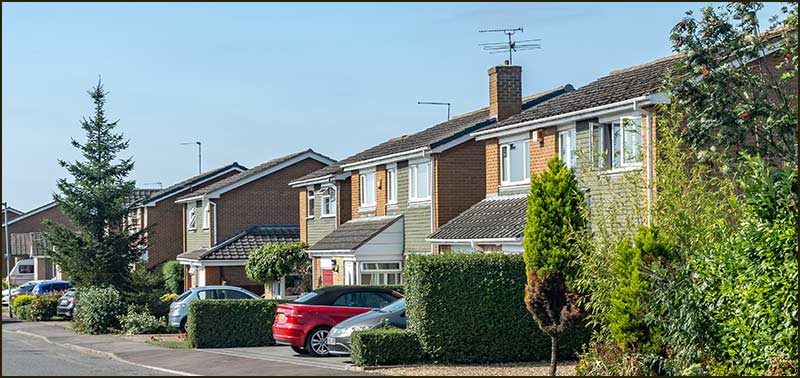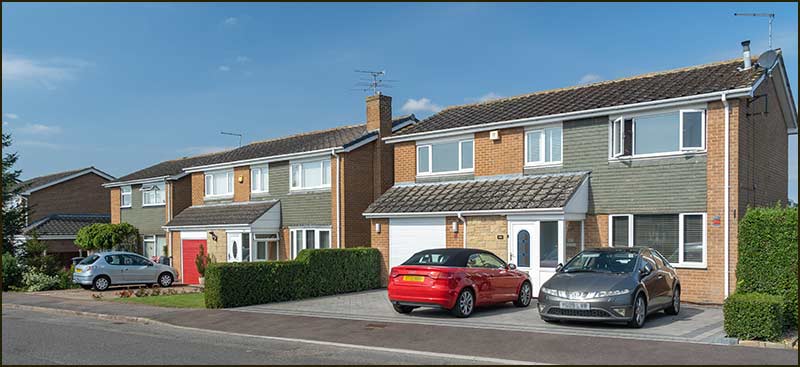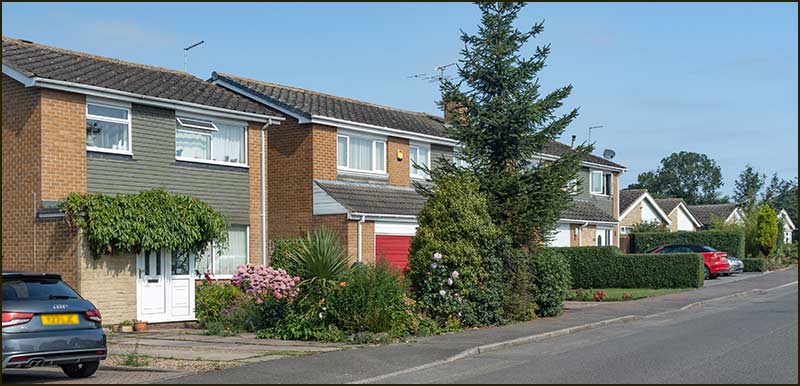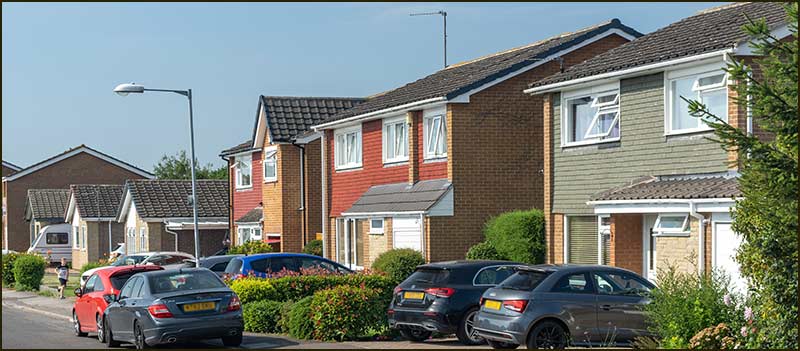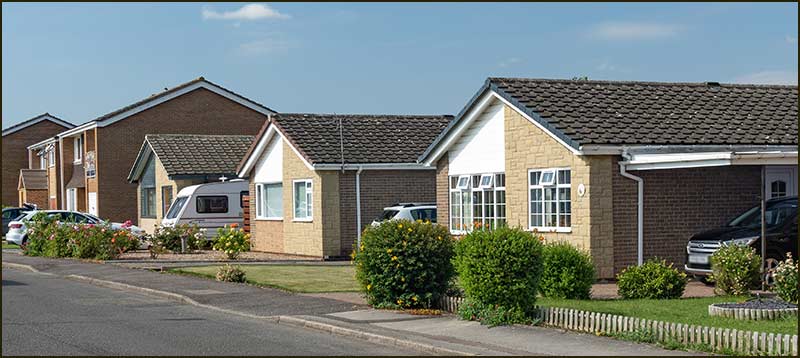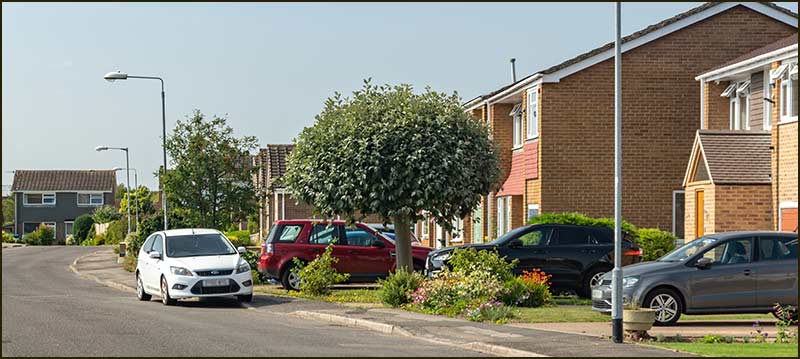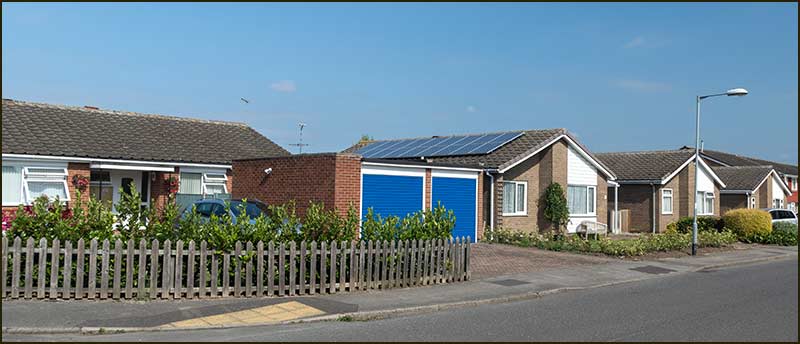Cropwell Bishop Streets: — Hoe View Road (1st Build) (11-9-20)

Ask someone who lives at the top end of Hoe View Road what they can see from their back window and they will likely tell you, “a view of Hoe Hill”. So that explains how Hoe View Road got its name.
The naming of the road is straight forward but the history of the building of Hoe View Road is not so obvious and a lot more interesting.
Before the 1950s none of Hoe View Road existed: by the early 1970s it was all there. But the road wasn’t built in one go, it took 20 years from start to finish.
The first question that comes to mind is, why was it built?
Before it, the village road plan was very basic, so much so that census reports usually list only “Main Street” (the Nottingham Road - Church Street continuum), Fern Road and Stockwell Lane (or one of its earlier names) – little else existed. Maps showed the layout hardly changed for 100 years.
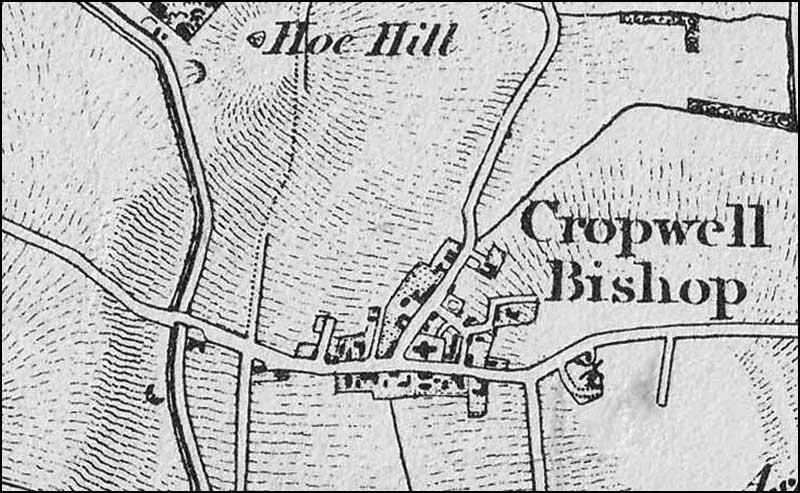

What brought about the building of Hoe View Road – was it the mining of gypsum or maybe the making of cheese? Neither; it was aircraft.
Not seen the village air strip – that’s because it is 5 miles away, at Langar.
It was during the Second World War in 1942 that the airfield at Langar was constructed. By 1944 the Royal Airforce Bomber Command was flying from it, 32 Lancaster Bombers or, I should say, 32 AVRO Lancaster Bombers.
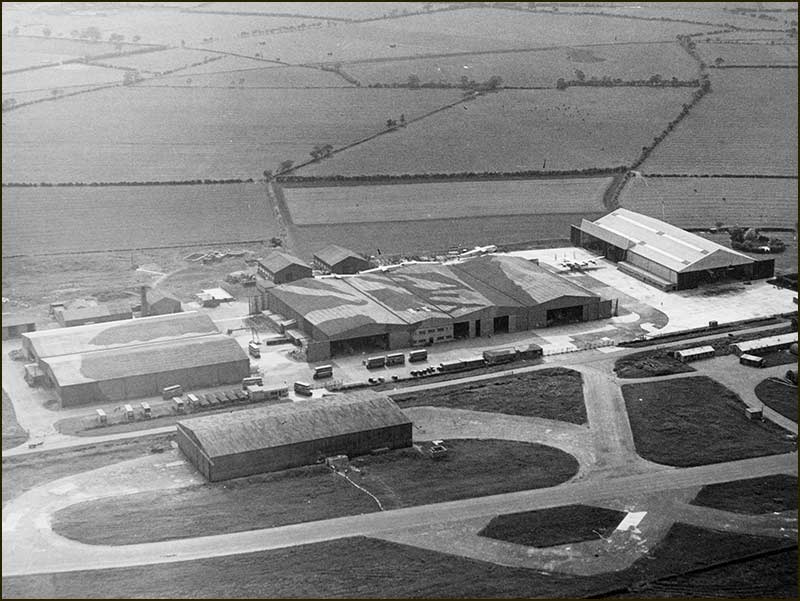
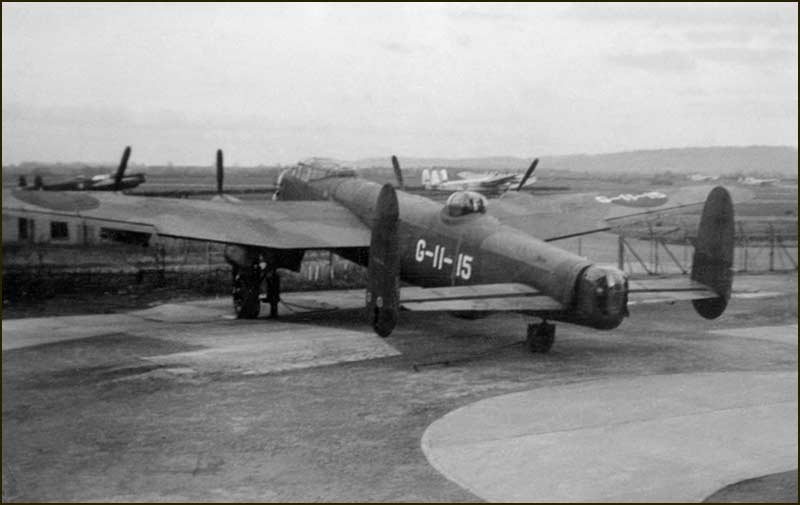
The AVRO company was founded by Alliott Verdon Roe in 1910 and was eventually merged into the Hawker Siddeley Company in 1963.
During the war over 7000 of the highly successful Lancaster Bombers were built at AVRO's factories in Manchester.
But aircraft damaged in the War needed repairing and that is what AVRO workers did in the giant sheds at Langar. They were able to quickly rebuild wrecked planes so that they could go into action again.
After the war, they used their skills to rebuild, repair and maintain the peacetime version of the Lancaster, the AVRO Shackleton which was used for maritime reconnaissance.

Workers need somewhere to live and the local council, Bingham Rural District Council in those days, chose Cropwell Bishop as the best place to build them homes.
The first stretch of Hoe View Road was built in 1952 and about half of the 102 new homes were occupied by AVRO workers and their families. Two families that moved in then, are still living there.
At its peak, over 800 people were working at AVRO in Langar. In 1965 it was still fully operational but in 1968 it was finally closed.
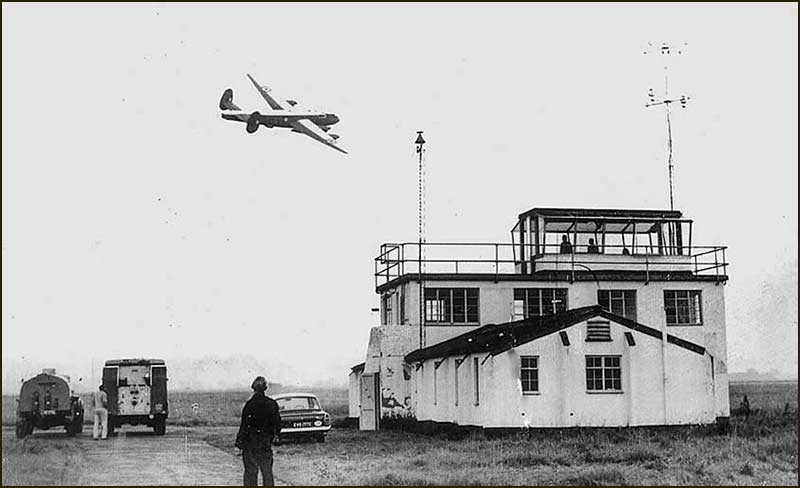

Why was Cropwell Bishop chosen for the needed homes rather than Langar or Barnstone or Harby? I don’t know: does anyone?
The houses built in this first phase of building are numbers 1 to 63 and 2 to 140. All the other homes on Hoe View Road were built many years later: but that is another Street Story.
Tony Jarrow
Note:
Thanks to Anne Terzza, Pam Barlow and Linda Field for their help with this article.
Hoe View Road in 1989.
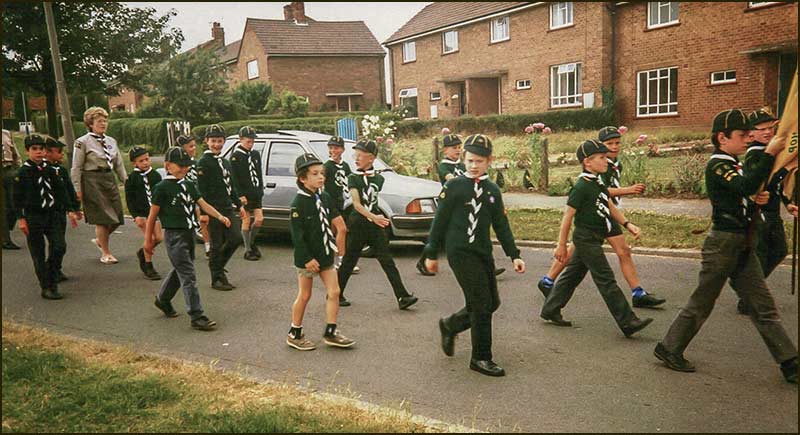
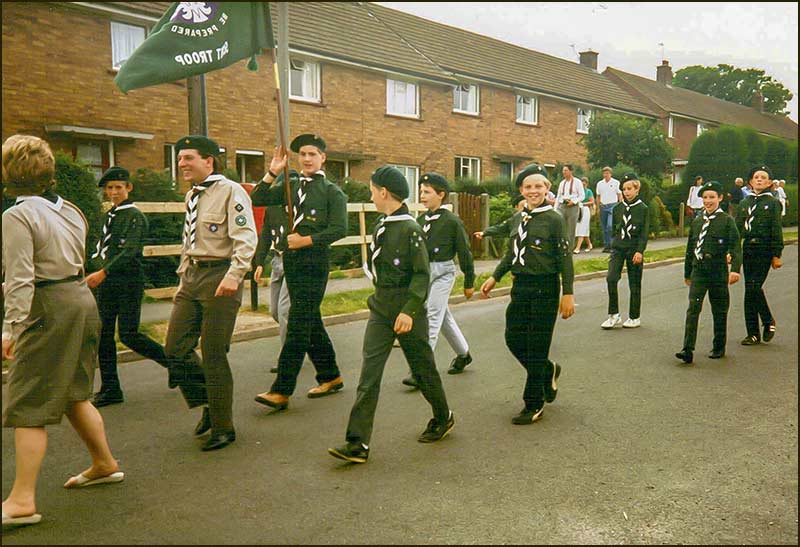
This is Hoe View Road (1st Build) in September 2020.

